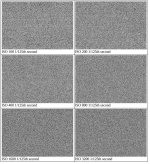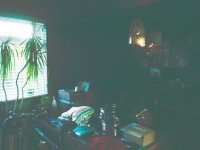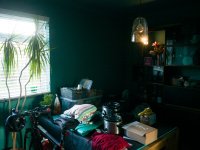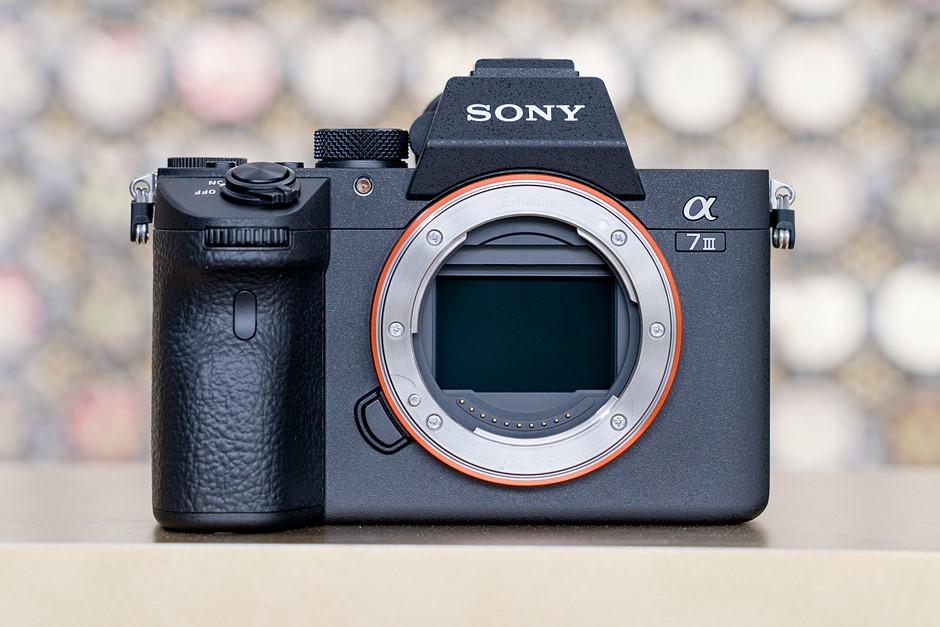- Messages
- 82
- Name
- Trevor Cousins
- Edit My Images
- No
These are photos of a blank piece of paper zoomed in on the "grain" to illustrate that high ISO does not cause grainy photos.

Full article at https://www.arethere.photos/docnoise

Full article at https://www.arethere.photos/docnoise
Last edited:



